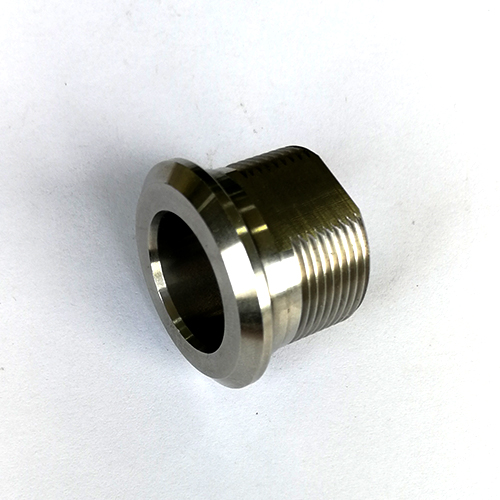Reasons for shrinkage holes in stainless steel castings
Because the cross-section of the stainless steel casting is too thick, it causes poor shrinkage and forms shrinkage holes. The wall thickness of the stainless steel casting is uneven, causing shrinkage holes or shrinkage looseness at the hot joints of the wall thickness. According to the casting manufacturer, after the high-temperature molten metal is heated, the stainless steel casting holes will The sand core with a diameter that is too small to form a cast hole has been in a high temperature state for a long time, which reduces the solidification speed of the metal on the surface of the stainless steel cast hole. At the same time, the sand core provides a channel for gas or atmospheric pressure, causing the hole wall to shrink and the embroidery to loosen.
The radius of the concave corners of stainless steel castings is too small, which reduces the heat transfer capacity of the sand at the sharp corners and reduces the solidification speed at the concave corners. At the same time, due to the strong heating effect of the sand at the sharp corners and the high gas pressure, the precipitated gas can Penetrating into unsolidified metal liquid causes the casting gas to shrink.
The gas content of the stainless steel liquid metal is too high, causing the stainless steel casting to precipitate in the form of bubbles during the cooling process, preventing the adjacent liquid metal from flowing to this place to shrink, causing shrinkage holes or shrinkage looseness. When the carbon content of gray cast iron is too low, the molten iron During solidification, it will reduce the precipitation amount of eutectic graphite, reduce the expansion of graphite, increase solidification shrinkage, and reduce the fluidity of molten iron.
Therefore, the self-compensating shrinkage ability of the molten iron is reduced, making the casting easy to shrink or loosen. When the phosphorus or sulfur content in the molten iron is high, phosphorus is an element that expands the solidification temperature range, and at the same time, a large number of low-melting-point phosphorus eutectics are formed, which reduces the solidification Shrinkage ability. Sulfur is an element that hinders graphitization, and sulfur can also reduce the fluidity of molten iron. At the same time, severe oxidation of molten iron also reduces the fluidity of liquid metal, causing the casting to shrink or loosen.
Before pouring cast iron or ductile iron, when using ferrosilicon and other inoculants for inoculation treatment, if the inoculation is not good, a large amount of cementite will precipitate when the molten iron solidifies, thereby increasing the solidification shrinkage, causing the shrinkage cavity to shrink and loosen locally, resulting in The mechanism is the same. During the solidification process of the casting, if the cooling part is not replenished, a cooling part will be generated.


